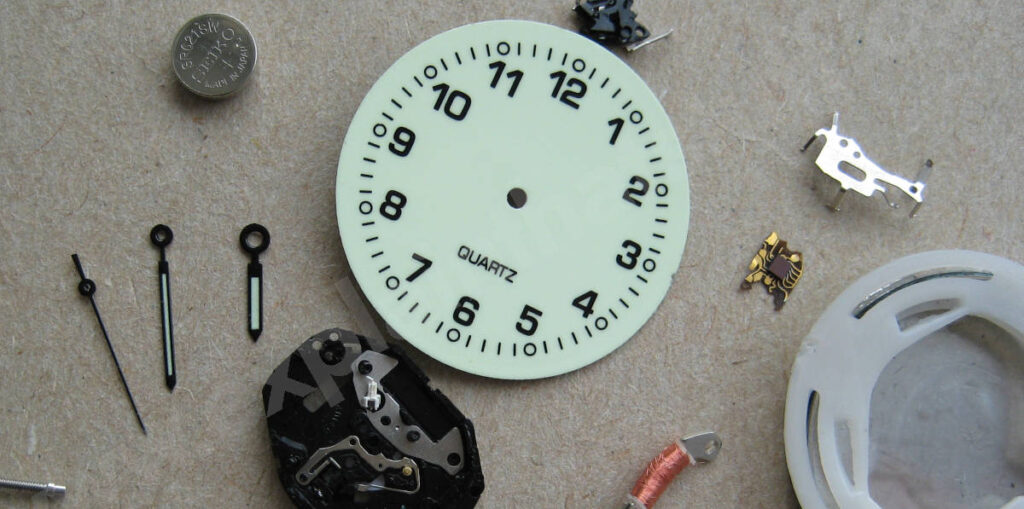Different Types of Real-Time Clocks
- 1 Different Types of Real-Time Clocks
- 1.1 Quartz Crystal Oscillator
- 1.2 Ion Antenna
- 1.3 Nitrogen Gas Filled Time Dilation Device
- 1.4 Flywheel
- 1.5 Energy Harvesting Clock
- 1.6 Precision Microscale Clock on a Chip
- 1.7 Atomic Clock
- 1.8 Nitrogen-Ion Crystal Clock
- 1.9 Superconducting Resonator
- 1.10 Mossbauer Effect
- 1.11 Optical Clock
- 1.12 Magnetic Resonance
Real-time clocks are used to synchronize processes and equipment. They provide accurate timing for everything from spreadsheets to servers and are often used as stopwatches. The most common real-time clocks use a quartz crystal oscillator or other radio frequency source, but mechanical, solar, and battery-powered versions are available. Here are the different types of real-time clocks.
Different Types of Real-Time Clocks
Quartz Crystal Oscillator

This is the most common type of real-time clock. It consists of a quartz crystal that vibrates at a particular frequency when an electrical signal is applied. The frequency at which it vibrates helps you determine the timekeeping accuracy and stability. This type of clock maintains accurate time for long periods but cannot be set and requires periodic resynchronization.
Ion Antenna
This type of real-time clock stores time information by receiving radio signals from atomic clocks worldwide. It consists of several ionized isotopes of hydrogen deposited on a small disk or sheet of plastic. The disk spins once per second, recording minute changes in the ionization and causing the clock to keep accurate time.
Nitrogen Gas Filled Time Dilation Device
This type of clock uses the principle of time dilation. Passing a current through a conductor increases its temperature and slows down the passage of time relative to the rest of the universe. A current is passed through a conductor in this clock, causing it to expand, slowing down the passage of time. Initially used for research, this type was for you as a practical clock.
Flywheel
In this clock, you use kinetic energy to keep accurate time. A flywheel spins from its momentum and then slows down over time due to the conservation of angular momentum. The slowing down is measured when you use it to set the frequency of a crystal oscillator, which serves as a clock.
Energy Harvesting Clock
This type of clock is activated by movement or pressure on a component. Electric timing pulses from a crystal oscillator are converted into mechanical pulses that activate a mechanism that moves gears and keeps accurate time. It can be used in devices like spaceships and submarines.
Precision Microscale Clock on a Chip
This is a microscale version of the flywheel clock above, but it uses a CMOS circuit instead of gears. Micromanufacturing has made great strides in recent years, and this type of clock is now available for most applications that require timekeeping accuracy.
Atomic Clock
The atomic time clock uses the principle of resonance, a periodic change in electric potential. It consists of a cavity containing gaseous atoms whose natural vibrational frequencies match those of atoms present in the cavity. When a charge gets applied to the cavity coil, there is a periodic shift in frequency, with the maximum value occurring when no additional charges are placed. The charge-frequency change provides a tick every second. Atomic clocks are so accurate that they can be relied on for synchronization with GPS satellites.
Nitrogen-Ion Crystal Clock
This type of clock uses a nitrogen-ion crystal similar to the ion antenna described above but smaller and more accurate. This clock operates over a more comprehensive frequency range than the ion antenna, making it more practical for applications like car navigation systems.
Superconducting Resonator
This clock uses the principle of electromagnetic resonance. A current pulse drives a superconducting resonator at its resonant frequency; its amplitude measures the time passed. The resonator consists of an electrical insulator tuned to absorb a specific frequency of electrons. The energy of these electrons gets transferred into electromagnetic waves, which will appear at the output as a periodic signal depending on the resonator’s frequency.
Mossbauer Effect
This clock uses the resonance of atoms’ motion rather than their charge. A source emits iron-57 atoms, which an absorber absorbs at a particular frequency. The absorber’s atoms promptly emit the iron-57 back to the source. The frequency at which this happens is set in advance and is used to keep accurate time.
Optical Clock
This type of clock uses a laser to keep track of time and is based on the principle of optical resonance. This clock is accurate to several nanoseconds and keeps time faster than atomic clocks but costs more than standard quartz oscillators.
Magnetic Resonance
This type of clock relies on the principle of nuclear magnetic resonance, which is the resonance between a nucleus and its electrons. The nucleus of an atom vibrates at a particular frequency when electrons are added or removed from it. A small magnet is attached to the train of electrons oscillating at their resonant frequency.
There are many different types of real-time clocks out there, and you can read about them in detail in the entry for clock here. Each one has unique features that make it superior to the other types. Read through the various types and determine which ones are essential for your application.

















